On-site environment and frequently asked questions about using distributed image processing systems
- author:
- 2024-06-06 09:28:25
With the continuous evolution of technology, distributed image processing systems have become a key support in contemporary data processing. However, few people pay attention to what environment is suitable for using distributed image processing systems. Today, Whikevision will lead readers to delve into the core conditions that must be met when deploying distributed image processing systems in an on-site environment to ensure that the system can operate stably, efficiently and safely.
With a distributed image processing system, the on-site environment must meet the following conditions:
Network environment: Distributed systems rely on a stable network environment to achieve communication between nodes. It has high requirements on network bandwidth, which needs to be high enough and the latency must be low enough to ensure efficiency and real-time data transmission.
In terms of hardware resources: According to the actual needs of image processing, sufficient computing resources and storage space must be available. This includes servers, workstations, storage devices, etc., which should be equipped with high-performance CPUs, GPUs (to accelerate image processing), and high-speed hard drives or SSDs (to store massive amounts of image data).
Software environment: Distributed image processing systems usually need to be equipped with specific software, such as distributed computing frameworks (such as Apache Spark, Hadoop, etc.), image processing software (such as OpenCV, TensorFlow, etc.), and related support libraries and tools.
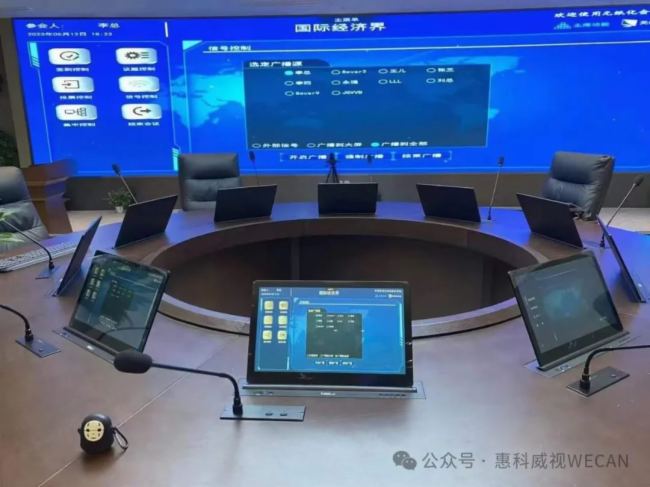
Energy supply: Ensure a stable power supply, as well as backup power supply and cooling systems when necessary (such as in data centers) to ensure stable operation of the system over a long time.
Safe environment: Image data may involve private or sensitive information, so physical security and network security need to be ensured. Physical security includes preventing unauthorized physical access and data theft, while network security includes firewalls, intrusion detection systems, etc.
Maintenance support: Professional IT maintenance team support is required to ensure stable operation of the system and timely response and handling of software and hardware failures.
Data centers: If distributed systems involve large-scale data centers, factors such as data center location, building structure, and energy efficiency also need to be considered.

Compliance: Ensure that all equipment and operations comply with local legal and regulatory requirements, particularly data protection and privacy related regulations.
To sum up, Huikewei found that deploying distributed image processing systems requires comprehensive consideration of network, hardware, software, energy, security, maintenance and compliance to ensure stable, efficient and safe operation of the system.
In addition to the factors mentioned above, there are other issues that may need to be considered:
Data synchronization and consistency: In a distributed system, it is important to ensure that data on all nodes is up to date and consistent. This may require implementing complex data synchronization mechanisms.
Fault tolerance and disaster recovery: The system should be able to handle node failures, ensure that data is not lost, and be able to recover quickly. This often involves data backup, redundant storage, and failover strategies.
Load Balancer: In order to maximize the utilization of resources, the system needs an effective Load Balancer mechanism to ensure that the workload is evenly distributed among various nodes and prevent some nodes from being overloaded while other nodes are idle.

Extensibility: Distributed systems should be designed to be easily scalable so that more computing resources and storage space can be added when needed.
Monitoring and logging: In order to detect and resolve problems in a timely manner, the system needs to implement comprehensive monitoring and logging functions so that administrators can track system status and performance.
User interface and management tools: Users need an intuitive interface to manage distributed systems, including task scheduling, resource monitoring, and configuration management.
Data privacy and encryption: When processing sensitive image data, data encryption needs to be considered to protect the security of the data during transmission and storage.
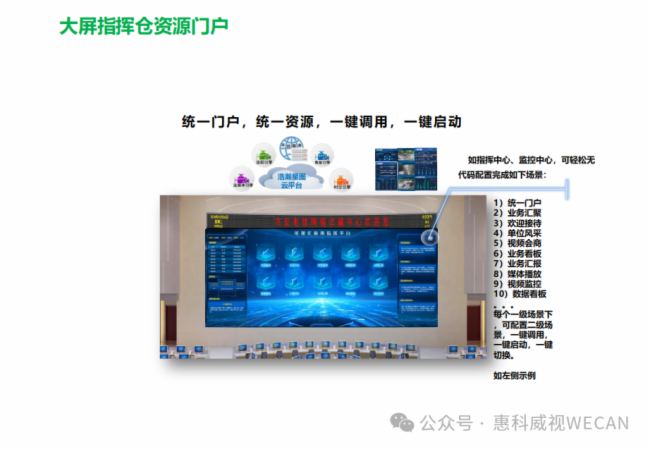
Intellectual property and copyright issues: Ensure that all software and algorithms you use comply with copyright regulations, especially when using open source software and third-party libraries.
Cost-benefit analysis: Conduct a comprehensive cost-benefit analysis to ensure that the deployment and maintenance costs of distributed systems are within acceptable ranges and can deliver the expected benefits.
Training and support: Provide necessary training and support to users using the system to ensure that they can use the system effectively.
Regulatory compliance: Especially for multinational businesses, you need to ensure that systems comply with all relevant national and regional laws and regulations, including data protection laws (such as GDPR).
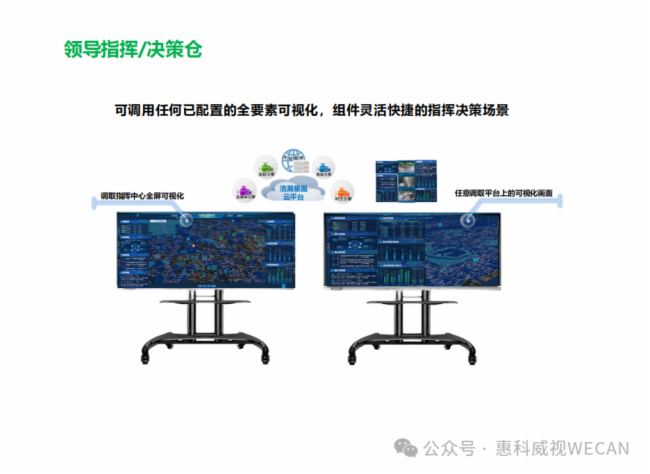
Environmental impact: Given the possible environmental impact of data centers and servers, including energy consumption and carbon emissions, measures may be needed to improve energy efficiency and reduce environmental impact.
Taking these factors into account can ensure that the design, deployment and operation of distributed image processing systems are comprehensive and sustainable.
Problems currently encountered in on-site debugging
When debugging a distributed image processing system in the field, you may encounter a variety of problems, some of which may be more common than others. According to the information currently compiled by Whikevision (before 2023), the following are some of the most common problems that may be encountered during on-site debugging:
Network issues: Because distributed systems rely on the network for communication, network latency, bandwidth limitations, unstable connections, or misconfiguration can all cause performance problems or system failures.

Hardware failures: Servers, storage devices, or network devices may experience hardware failures, which can affect system stability and performance.
Software configuration errors: Software configuration errors are common field debugging problems, including incorrect parameter settings, incompatible software versions, or missing dependent libraries.
Data synchronization and consistency: Maintaining data consistency in a distributed system is a challenge, and data may be out of sync, conflict, or lost.
Performance bottleneck: The system may encounter performance bottlenecks on certain nodes or components, causing overall processing speed to decrease.
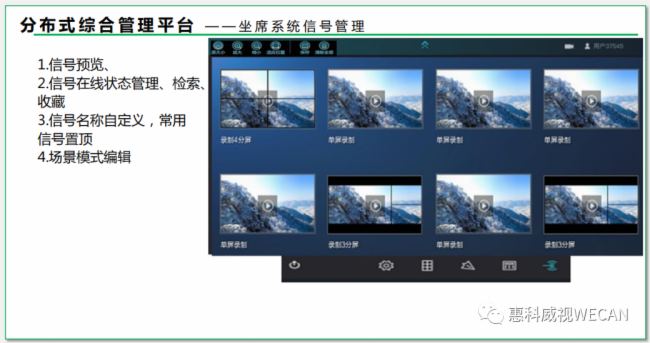
Security vulnerabilities: Security configuration errors or system vulnerabilities can lead to data leakage or unauthorized access.
Compatibility issues: There may be compatibility issues between different hardware and software components, causing the system to not function properly.
Difficulties in monitoring and diagnosis: The lack of effective monitoring and diagnosis tools can make problems difficult to quickly locate and resolve.
User error: User misoperation or misunderstanding of system functions may lead to incorrect configuration or improper use.
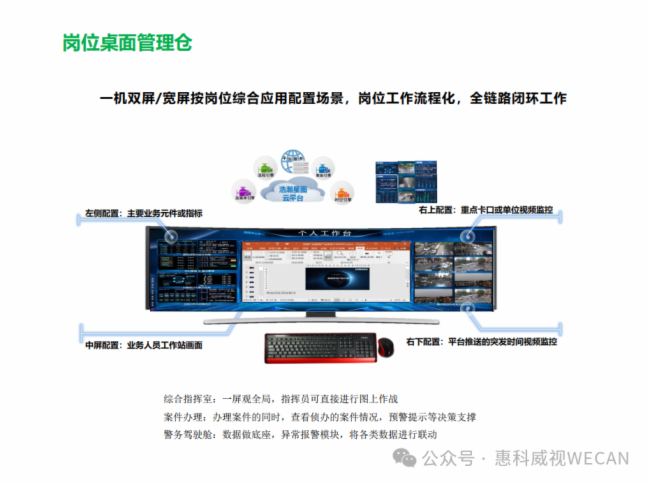
Environmental and physical factors: Physical factors such as temperature, humidity, dust and electromagnetic interference in the on-site environment may affect the stable operation of the hardware.
In the actual operation process, the specific problems encountered often differ depending on factors such as system design, deployment environment, and hardware and software used. Therefore, solving these problems often requires close collaboration among system administrators, network engineers, software developers, and IT support teams.
By comprehensively analyzing the network, hardware, software, energy, security and other aspects that a distributed image processing system needs to meet, we can easily find that deploying an efficient and stable distributed image processing system is a complicated project. However, it is these refined requirements and strict standards that have enabled distributed image processing systems to emerge in the highly competitive market and become the preferred solution for many companies. In the future, Huikevision will continue to focus on providing more advanced and reliable distributed image processing solutions to meet the growing needs of customers.
TAG:
Guess you want to see it
Popular information
-
Thinking about future breakthroughs in distributed solutions in image processing
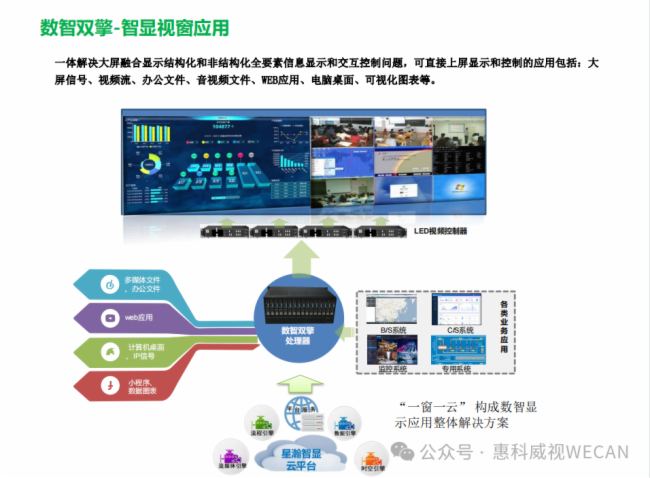
-
What is dynamic subpixel rendering technology

-
Analysis of cutting-edge development and professional application of seamless splicing, point-to-poi

-
Promote visual dispatch and command with distributed image center
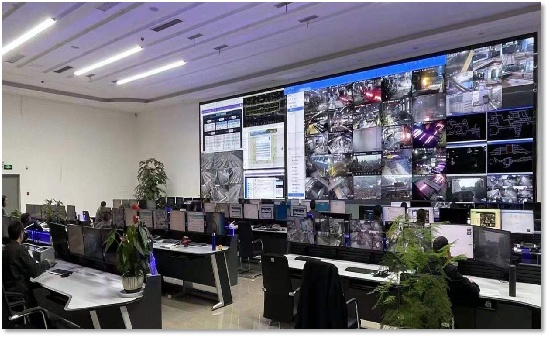
-
On-site environment and frequently asked questions about using distributed image processing systems

the charts
- Analysis of cutting-edge development and professional application of seamless splicing, point-to-poi
- On-site environment and frequently asked questions about using distributed image processing systems
- Thinking about future breakthroughs in distributed solutions in image processing
- What is dynamic subpixel rendering technology
- Promote visual dispatch and command with distributed image center